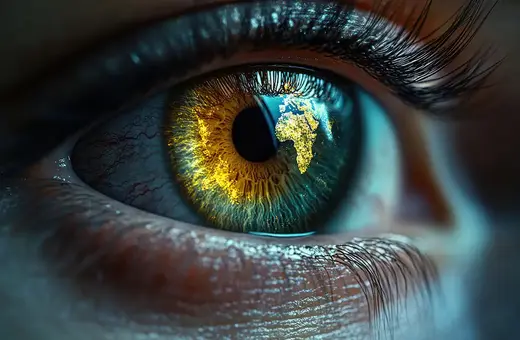The humanities study the human condition, something that begins at birth and ends in death. But if the scholarly production on these two topics is any indicator, then academics are more fascinated with death than they are with birth. The top listing that popped up when I searched under “childbirth” in Oxford University Press, for example, was “Death in Childbirth,” and searching under “birth” in the same publication brought to the top a book called “Death before Birth.” Oxford University Press is the largest university press in the world. Why we choose death over birth goes much deeper than simple intrigue, however. Some investigation reveals that intellectual approaches to birth are suppressed in both active and passive ways. While one could argue that the historical domination of white men in the academy is part of the problem, the lopsided coverage of these two monumental endpoints of life is quite complex and cannot be reduced to it. Understanding the reasons behind this suppression requires a rethinking of how we address major life transitions.
A quick explanation for the bias is that death is more interesting because people have yet to experience it. Anyone living has already been born, whereas death remains cloaked in mystery. But this explanation loses steam when we contemplate birth and death as they exist more broadly. How matter first came into being is just as intriguing as the question of the universe’s demise, and we become mesmerized over again at other beginnings—the beginning of our sun, our planet, life on earth, and life in general. Yet when it comes to human birth, investigative interest and philosophical approach fall precipitously within the academic realm. All of this begs the question: What is it about death that so attracts us, or is it that there’s something wrong with birth?
___
"Canonical western philosophers have historically focused on universals in the human experience, including the universal of death, but they have given much less attention to birth."
___
Lily Gurton-Wachter, Professor of English Language and Literature at Smith College wrote last year about a similar gap, looking at literature about pregnancy, childbirth and parenting when compared to literature on war. Although a rich canonical literary tradition revolves around the latter, she explains, “we don’t have a familiar canon of nuanced literary or philosophical texts about the experience of having a child, even though having a child, too, is a profound, frightening, exhilarating, transformative experience at the boundary of life, an experience from which one comes back a different person.” There are many aspects of intellectual interest related to war, including the topic of victory, but the issue of mortality is intimately bound to the subject matter.
Canonical western philosophers have historically focused on universals in the human experience, including the universal of death, but they have given much less attention to birth. Plato categorized pregnancy and childbirth as mere bodily functions and motherhood as a sub-rational activity, while Aristotle diminished and ignored motherhood’s import beyond its connection to biology. Thomas Aquinas devalued the acts of childbirth and motherhood, viewing the father’s influence (right down to his semen) as most foundational in the creation of a human being, and both Immanuel Kant and Jean-Jacques Rousseau naturalized motherhood, describing it as a romantic or naturalistic endeavor as opposed to a philosophical one.















Join the conversation